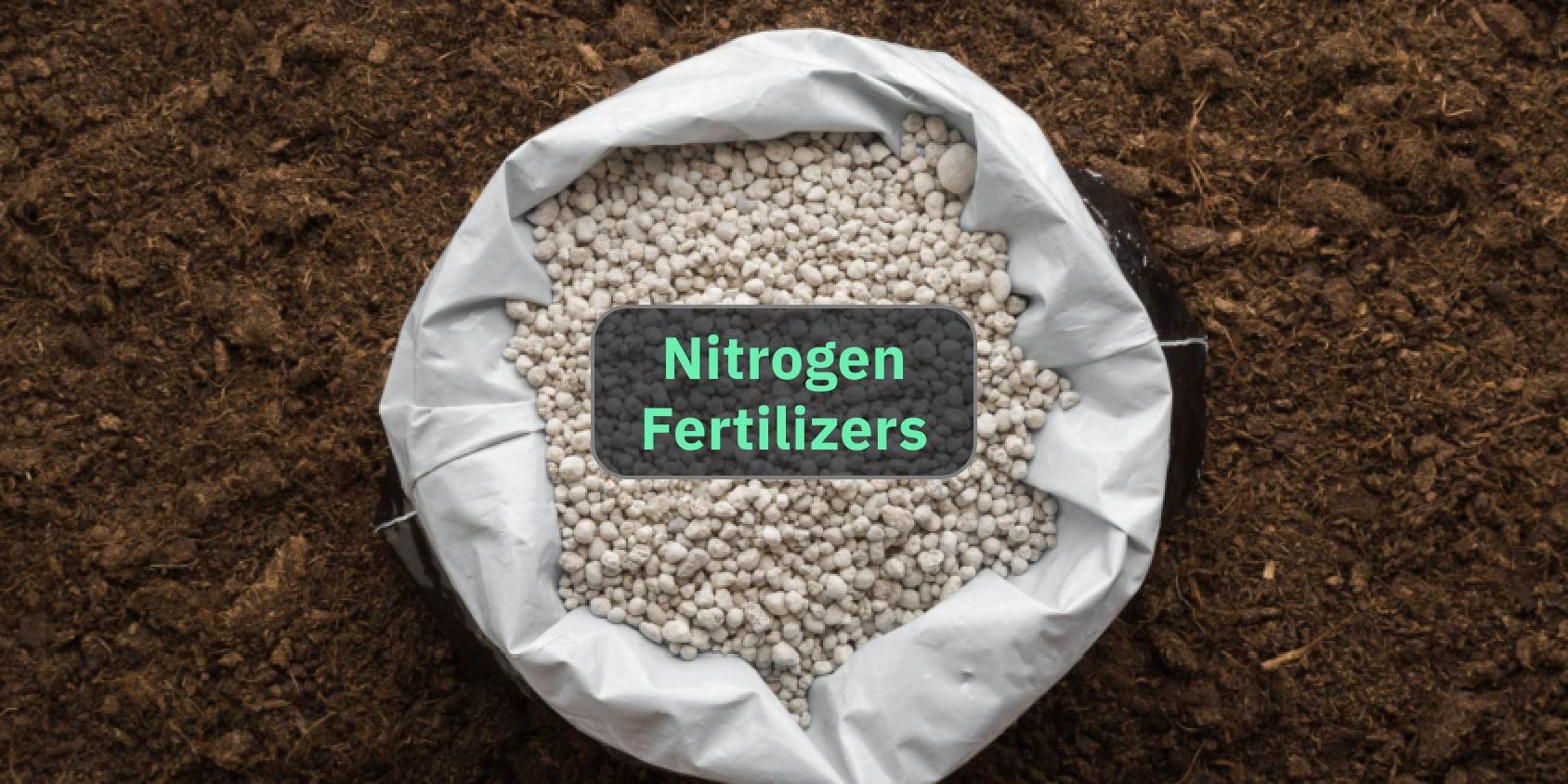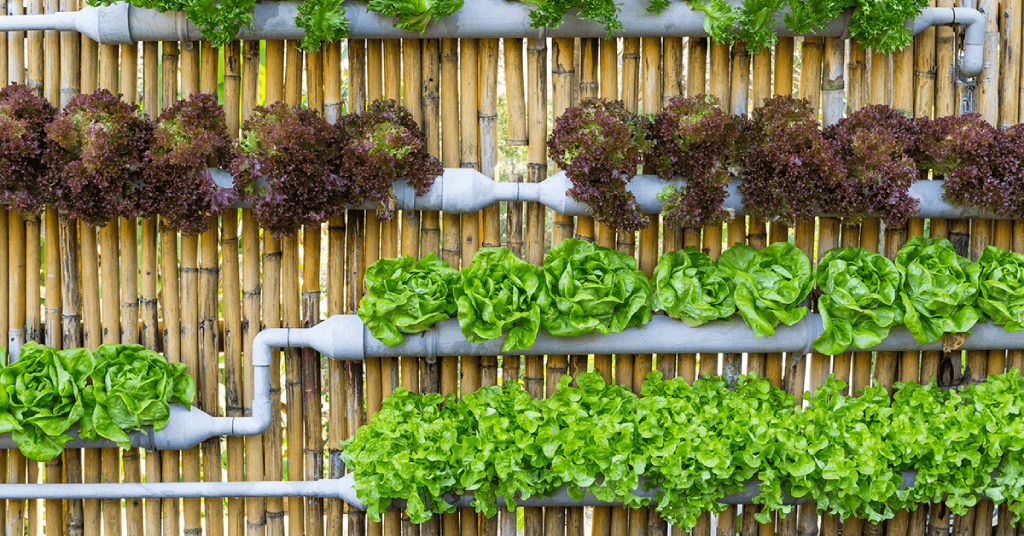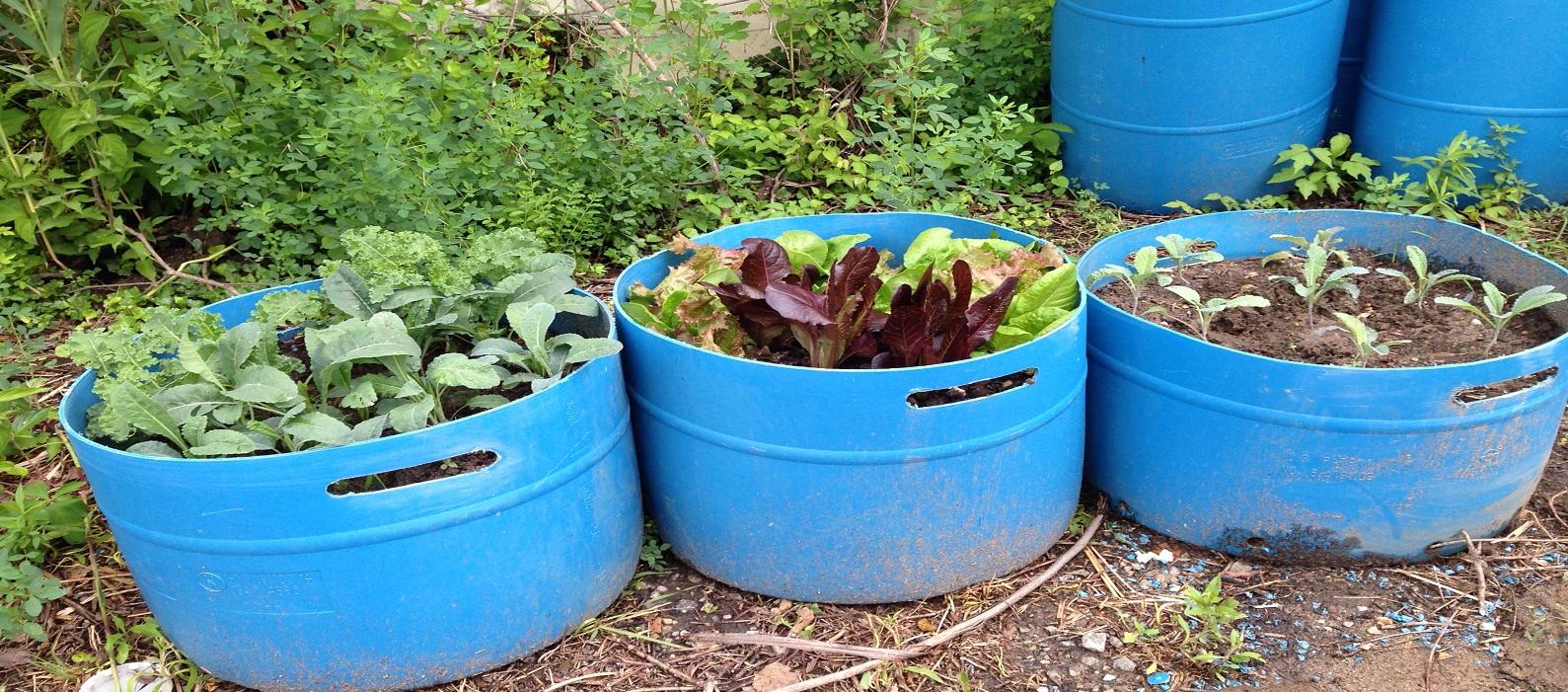Fertilizers provide essential nutrients to plants, helping them grow strong, healthy, and produce abundant blooms and fruits. By understanding the different types of fertilizers and how to apply them, you can give your plants the nourishment they need to thrive.
Types of Fertilizers
- Organic Fertilizers:
- Compost: A natural, slow-release fertilizer derived from decomposed organic matter.
- Manure: Animal waste that can be used as a fertilizer, but it should be composted to reduce the risk of disease.
- Bone Meal: A phosphorus-rich fertilizer derived from animal bones.
- Blood Meal: A nitrogen-rich fertilizer made from dried blood.
- Synthetic Fertilizers:
- Chemical Fertilizers: These are manufactured fertilizers that contain specific ratios of nitrogen, phosphorus, and potassium (NPK).
- Water-Soluble Fertilizers: These dissolve quickly in water and are easily absorbed by plants.
- Time-Release Fertilizers: These release nutrients gradually over time, reducing the need for frequent applications.
Essential Nutrients for Plant Growth
- Nitrogen (N): Promotes leaf growth and green color.
- Phosphorus (P): Enhances root development and flower production.
- Potassium (K): Strengthens stems and improves disease resistance.
How to Apply Fertilizer
- Soil Application: Spread the fertilizer evenly over the soil surface and water it in.
- Foliar Feeding: Spray the fertilizer directly onto the leaves of the plant.
- Root Feeding: Apply the fertilizer to the root zone of the plant.
Tips for Effective Fertilizing
- Follow Label Instructions: Always follow the manufacturer’s instructions for the specific fertilizer you are using.
- Avoid Over-Fertilizing: Too much fertilizer can damage your plants.
- Water Your Plants: Water your plants before and after fertilizing to help the nutrients reach the roots.
- Fertilize at the Right Time: Fertilize during the growing season when plants are actively growing.
- Consider Your Plant’s Needs: Different plants have different nutrient requirements.
By understanding the basics of fertilization and applying the right nutrients at the right time, you can help your plants reach their full potential.



